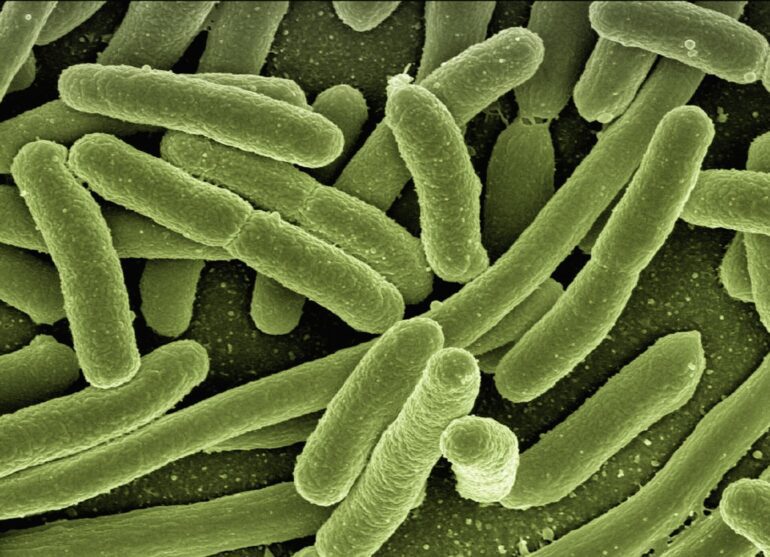TL;DR:
- AI and medical collaboration yield breakthrough against drug-resistant bacteria.
- Study in Nature Chemical Biology showcases AI-derived drug’s victory over 41 strains of antibiotic-resistant Acinetobacter baumannii.
- Hospital-bound superbug’s DNA-grabbing mechanism leads to severe infections and high mortality rates.
- Traditional drug discovery methods struggle to keep pace with evolving superbugs.
- AI accelerates drug discovery through high throughput screening and precise compound selection.
- AI-identified compound targets specific bacterial strain, reducing chances of resistance.
- AI-integrated research optimizes outcomes and lowers research costs.
Main AI News:
The convergence of AI and medical prowess could signal a promising breakthrough in the relentless battle against drug-resistant bacteria. As the medical realm embraces AI, a potential solution to the enduring challenge of drug-resistant bacterial strains emerges, promising a paradigm shift in research efficiency and cost-effectiveness.
The ubiquitous rise of drug-resistant bacteria has cast a shadow over healthcare, yet a beacon of hope emerges as AI steps into the limelight. A groundbreaking study, showcased in the esteemed journal Nature Chemical Biology, showcases the compelling victory of an AI-engineered drug against a formidable adversary: 41 strains of antibiotic-resistant Acinetobacter baumannii.
Unmasking a Resilient Hospital Foe
This particular superbug, often lurking within hospital walls, possesses a cunning ability to assimilate fragments of DNA into its own defense arsenal. The consequence is a surge in recalcitrant skin, blood, and respiratory infections, frequently culminating in tragic outcomes. Astonishingly, one out of every four afflicted patients succumbed to these infections despite receiving the available treatments.
Navigating the labyrinthine world of drug discovery has become an arduous task, plagued by time constraints and an ever-accelerating evolution of superbugs. Yet, AI emerges as the knight in virtual armor, adeptly processing colossal datasets and expediting the drug discovery voyage.
Unveiling the Ingenious Choreography of Science and AI
The research endeavor hinged upon an ingenious choreography termed “high throughput drug screening,” whereby thousands of compounds and drugs were meticulously unveiled to the bacterial foe. A treasure trove of nearly 500 components that impeded the pathogen’s growth was unearthed. Swiftly, this treasure trove was entrusted to AI’s discerning digital intellect, enabling the screening of myriad additional chemicals in search of their efficacy.
Guided by the sagacious counsel of AI, the researchers meticulously sieved through chemical contenders, ultimately anointing a singular compound that triumphantly subdued the relentless superbug. Remarkably, this nascent remedy isn’t a broad-spectrum panacea; rather, it exclusively targets this particular bacterial strain, mitigating the specter of inevitable resistance.
A Dawn of Hope Beckons
In the absence of AI’s fortifying presence, the research odyssey to uncover such a potent solution might have spanned years. As AI continues to galvanize research teams, a landscape emerges where the shackles of drug-resistant bacteria might be finally cast off. With every new integration of AI, the vista brightens, potentially heralding the swifter emergence of solutions to drug-resistant bacterial adversaries. The result? A research renaissance that not only expedites outcomes but also curtails the economic burden that such quests entail.
Conclusion:
The symbiotic synergy between AI and medical science heralds a transformative era in combating drug-resistant bacteria. The groundbreaking success against Acinetobacter baumannii highlights AI’s capacity to revolutionize drug discovery, enabling tailored solutions that combat evolving superbugs. As AI-integrated research becomes commonplace, it promises to streamline solutions for drug-resistant bacteria, elevating research efficiency and potentially reshaping the medical research market.

